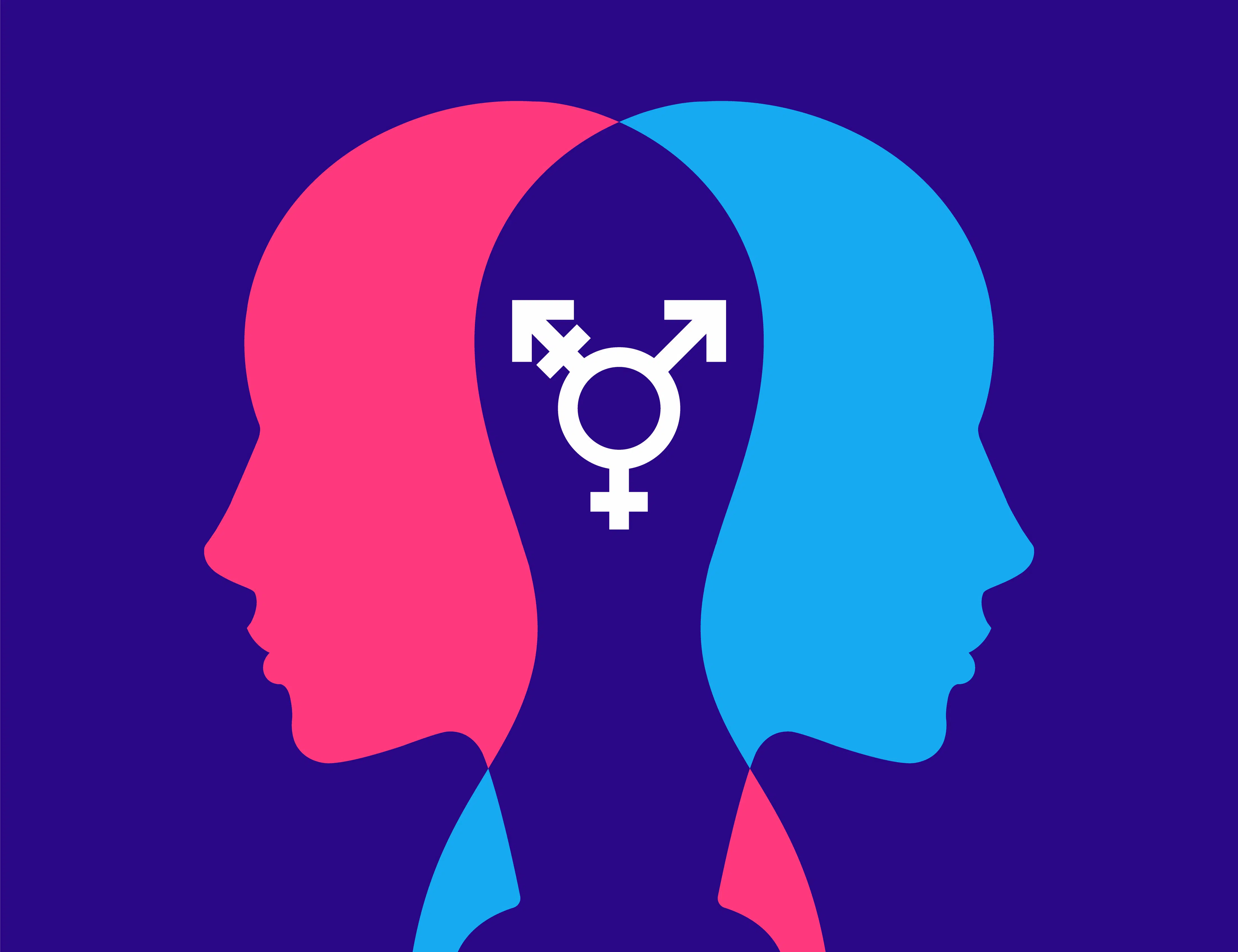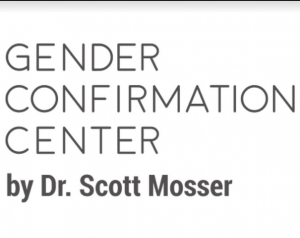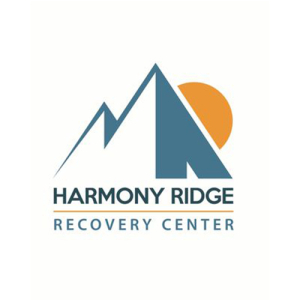More than 80 anti-trans bills have been proposed across 32 states in the first three months of 2021. Some of these laws state that it will be a criminal offense to provide trans youth with gender-affirming medical care. Other legislations are aimed to prevent trans girls from playing on sports teams. These decisions are a result of myths about trans people and their general health.
According to experts and advocates, society needs to be informed about the myths that surround trans people’s health care and whether they are truthful or not. In this article, we look into various common myths about trans care, debunked.
Myth No. 1: Trans People are Mentally Ill
One of the myths surrounding trans people is that they are mentally ill. However, The American Medical Association and the American Psychiatric Association have opposed it, stating that gender dysphoria is not a disorder but rather is a medical condition.
Additionally, the level of dysphoria varies, meaning that the level of psychological distress varies too. Although gender dysphoria can cause health problems such as depression, suicidal thoughts, and anxiety, the condition can be eased by living as a trans person, using mental health support, and having hormone therapy and surgery.
Myth No. 2: Trans People are Confused or Tricking Others
This is one of the most prevalent myths about trans people. To understand why this myth isn’t right, there is a need to know the difference between gender identity and gender expression. Gender identity is how an individual identifies as either a male, female, or gender outside the social norms. On the other hand, gender expression is about the characteristics one identifies with; it can either be feminine, masculine, a mix of femininity and masculinity, or neither.
Most of the U.S. population are cisgender – they conform with the sex they were assigned at birth. Following this, plus individuals who are not cisgender have been invisible in terms of media mainstream until recently, there is a lack of knowledge about trans people. It’s challenging for people to understand how a person born with a penis and raised as a male can identify as a female.
Myth No.3: Sexual Orientation is Linked to Gender Identity
The fight for equality has brought together gay, lesbian, bisexual, transgender, questioning, and genderqueer individuals over the past decades. However, the basis of their identities is different since sexual orientation and gender identity are two different things.
Sexual orientations are about sexual attraction, while gender identity is about who a person really is.
That being the case, it remains a common misconception. However, the fact is that a trans person can identify as a man though he was assigned female at birth. They can also be gay (attracted to men), bisexual, straight (attracted to women), asexual (having no sexual attraction), or attracted to other undefined genders.
Trans women, gender non-conforming persons, and genderqueer can also be sexually attracted to female, male, both, or other non-defined genders.
Myth No.4: All Transgender People Medically Transition
Not all trans people desire to transition medically. The desire varies from one individual to another. Some use hormone therapy and gender reaffirming surgeries to affirm their gender, while others can not access the services due to lack of funds or discrimination. Others are not interested in full genital surgeries.
The medical transition for individuals experiencing gender dysphoria is aimed to help them live as who they are, but it does not mean that every trans person should medically transition.
Myth No. 5: Transgender People Make Up a Third Gender
Most trans people identify as either male or female. They do not make up a third gender; they are, by all means, men and women.
However, the misconception about trans people’s gender identity is evident while signing for programs. For example, a certain trans person had difficulties while signing up for a therapy session. The first thing on the form was about sex, and there were three options: female, male, and transgender. The question is, which option was suitable for the person? The options had an assumption that if you are a trans person, you belong to the third gender, a clear misconception.
Myth No.6: Trans People are Dangerous
Assuming that trans people are dangerous is yet another misconception. Advocates of the bathroom and the military ban claim that the bill will protect cisgender from trans people waiting to harm them. However, there is no data to back up these claims. Trans people need to use the bathroom that aligns with the gender they identify with. Denying them this is denying them their rights.
Myth No.7: Transitioning is as Simple as One Surgery
Transitioning is a process that involves more than just surgery. Different trans people transition differently as some prefer medical transitioning while others may transition socially. Transitioning can mean change in one’s legal and social status.
Transitioning procedures may include hormonal therapy, gender-affirming surgeries, and some guidance from therapists. This might be accompanied by a change in one’s names and pronouns. Some trans people also transition legally, meaning they might change the gender marker on their driving license and their birth certificate.
Depending on one’s state, legal transitioning can be a pain on the neck. States have their requirements and laws that need to be followed before an individual can change their gender marker on their driving license or birth certificate.
Some require court orders, others require verification from a health practitioner or certain surgeries, while others do not allow a change of gender marker on certain documents. Regarding the legal transition difficulties, it is evident that trans people face a lot of challenges while transitioning and that it does not only take them a simple surgery to meet their desires since transitioning is more than that.
Since individuals have a right to decide how they will express their identity in various public and private gatherings, they are at liberty to be open to some people and be cautious with others.















